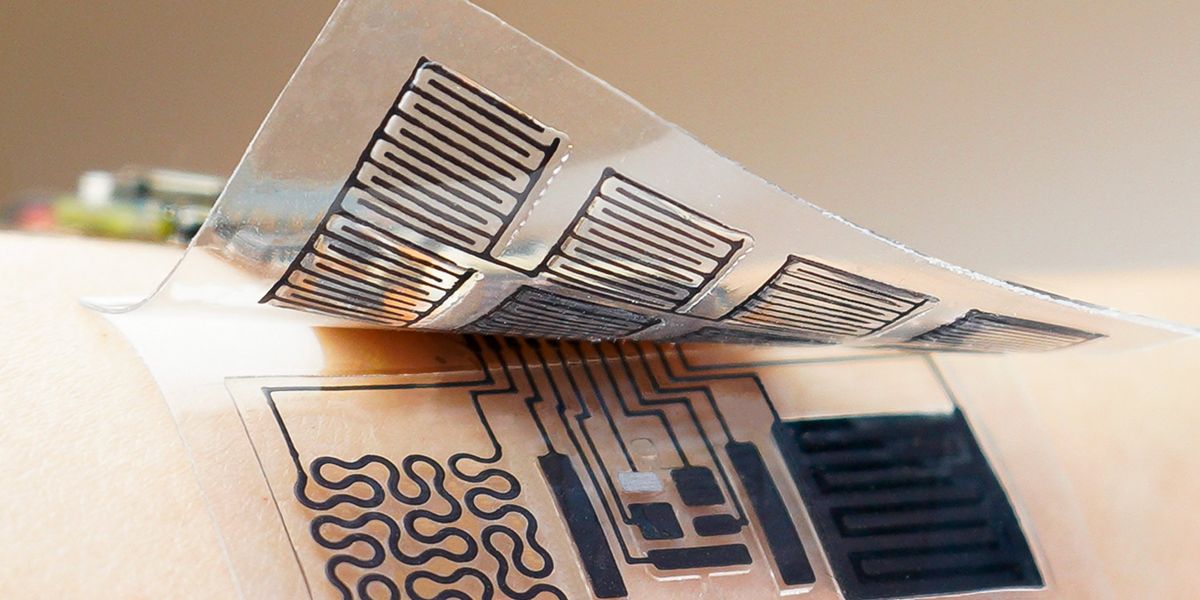New computer system application promptly detects residences, buildings destroyed by California wildfires
5 min read
By McKenzie Prillaman, Correspondent
A new computer system system driven by artificial intelligence takes mere minutes to establish no matter whether homes and buildings have been destroyed by wildfires as soon as the smoke has cleared.
Developed by scientists at Cal Poly in San Luis Obispo and Stanford University, DamageMap evaluates the destruction by scrutinizing article-wildfire aerial and satellite photographs.
People of the Santa Cruz Mountains who ended up evacuated throughout the CZU Lightning Intricate fire in the summer time of 2020 say that having these types of a software would have relieved them of a lot of anxiety and anguish.
“I put in times wondering, ‘My residence could be burning ideal now,’” stated Lisa Smith Beasley, a Boulder Creek resident who was requested to leave her home all through the devastating party.
Beasley’s household survived the flames. But she and other citizens of the larger Bay Region generally waited months to listen to from authorities regardless of whether their homes had built it.
Andrew Fricker, a spatial ecologist at Cal Poly who co-made DamageMap, stated the software should really substantially decrease that waiting time period. The moment fully made, it would be offered free to the public and emergency responders.
“There are so several men and women in California who are impacted by this each individual one fireplace period,” Fricker explained. “And it’s only going to get worse.”
Fricker and his colleagues at Cal Poly and Stanford revealed their peer-reviewed get the job done on the system in the November challenge of the Intercontinental Journal of Disaster Threat Reduction.
Computer systems that detect destruction from purely natural disasters from aerial and satellite images have been in advancement for a quarter-century. But most of them involve that ahead of-and-after shots be taken with comparable angles, lighting and picture good quality, an imperfect system that necessitates a high-priced and constantly updated catalog of photographs.
To figure out which buildings have burned, DamageMap relies entirely on article-wildfire photographs and a digital database exhibiting the locations of households and properties.
Over the past four a long time, the range of burned acres and residences in the course of the West has grown considerably, fueled in aspect by local weather alter.
California’s deadliest and most destructive wildfire — the 2018 Camp Fireplace in Butte County — impressed the development of DamageMap.
The inferno seriously ruined Fricker’s childhood household in Chico, where by his dad and mom were being continue to dwelling, but luckily the wildfire did not burn off the residence to the floor.
For the duration of the evacuation, Fricker struggled to find out if the house was still standing. “I was frantically making an attempt to down load any satellite photographs that I could get, attempting to get facts for myself and our neighbors,” he recalled.
Wanting to spare many others the similar distress, Fricker collected aerial visuals of the Camp Fire’s destruction and Cal Fire’s doorway-to-door structure problems assessments. With this info, he and a crew of Cal Poly undergraduates created a rudimentary prototype of DamageMap.
He took the prototype to Google’s 2019 Geo for Good Summit, in which he met Krishna Rao, a Stanford graduate student. At the party, the two developed an improved version of the application. And in the many years that adopted, they ongoing collaborating and recruited far more scientists to operate on the undertaking.
Final year’s CZU Lightning Elaborate fire in Santa Cruz and San Mateo counties was California’s ninth most damaging wildfire. The function scorched much more than 80,000 acres and destroyed practically 1,500 constructions, 911 of them Santa Cruz County residences.
Even with the evacuation orders, several of Beasley’s neighbors stayed powering. If a system like DamageMap had been out there to regularly update evacuees on the standing of their properties, she said, extra individuals likely would have fled to safety.
“It was the not recognizing that manufactured it so bad for the reason that you couldn’t glance ahead at all,” stated M’Liss Jarvis Bounds, one more Boulder Creek evacuee. She waited three weeks to listen to that her property had survived the flames.
DamageMap works by 1st making a databases of pre-hearth residence and developing places making use of satellite pictures or aerial images. Then it appears to be at put up-hearth photographs and decides which structures are broken centered on characteristics this kind of as crumbled or blackened roofs.
The software works by using “machine understanding,” a variety of synthetic intelligence, or AI, to discover burned properties.
Commonly, pc programmers feed tens of countless numbers of visuals into a program so that it learns to identify precise patterns. Facebook, for example, works by using equipment discovering to identify faces and recommend persons to “tag” in images.
In building DamageMap, scientists fed virtually 50,000 visuals of both burned and intact structures into the program, together with pics from the 2017 Tubbs Fire in Santa Rosa, the 2017 Southern California wildfires and the 2018 Woolsey Fireplace in Los Angeles and Ventura counties. Afterward, the programmers tested how very well DamageMap had acquired what a hearth-damaged composition seems to be like by demonstrating the software one more 18,000 pictures from the Camp Hearth and the 2018 Carr Fireplace in Shasta and Trinity counties.
The system properly discovered charred constructions in the next established of images at minimum 92% of the time in about 18 minutes, in accordance to the revealed paper. But it created mistakes when trees or other objects blocked buildings from see and when roofs blended in with the surroundings.
Even though it is not intended to exchange publish-fireplace assessments carried out by individuals, technological innovation that can swiftly and precisely consider destruction appeals to unexpected emergency responders.
“As the know-how and device understanding know-how develops, we’ll surely use it in the regrettable occasion of one more Camp Hearth or Tubbs Fireplace, the place it mows down a large amount of constructions at once,” explained Will Brewer, a geographic details system analyst and developer at Cal Hearth.
For now, Fricker and his staff are increasing the plan by feeding DamageMap additional facts to learn from. The extra submit-wildfire pictures it sees, the greater it turns into at determining destruction.
The builders say a absence of funding is holding the software from staying available for broader use. So considerably, an $18,000 grant from Cal Poly has been the most important supply of funding, but Fricker estimates an supplemental $80,000 will be desired to get the software up and functioning for the community.
Fricker claimed he requires to spend dedicated pc programmers to carry on coaching it and need to find a ideal on the web system to host the method, which could be highly-priced.
“The code operates, and we have a lot of knowledge,” Fricker mentioned. “If persons were being determined to get this out to the public for the next fire season, it could be accomplished.”






